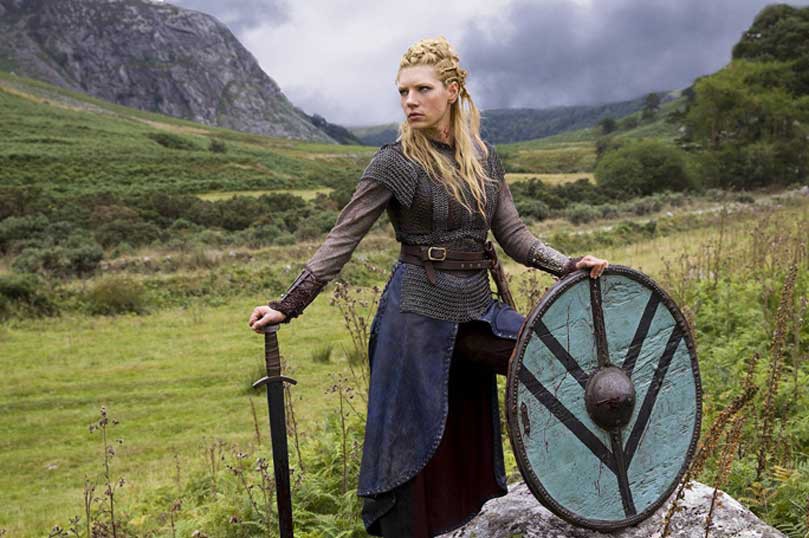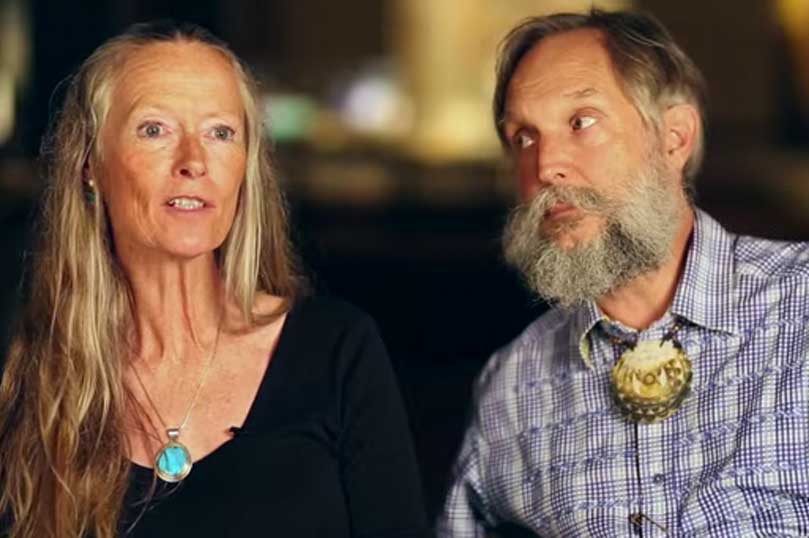
25 Years of “People” Books!
Authors Kathleen O’Neal Gear and W. Michael Gear on the twenty-five year anniversary of the publication of People of the Wolf.

Authors Kathleen O’Neal Gear and W. Michael Gear on the twenty-five year anniversary of the publication of People of the Wolf.

A guest post from People of the Songtrail authors Kathleen O’Neal Gear and W. Michael Gear.

A guest post from People of the Songtrail authors Kathleen O’Neal Gear and W. Michael Gear.

A guest post from People of the Songtrail authors Kathleen O’Neal Gear and W. Michael Gear.

A Viking seeress encounters the magic of Native America. Read the first two chapters of People of the Songtrail, the latest novel by W. Michael Gear and Kathleen O’Neal Gear, publishing on May 26th. CHAPTER 1 Firelight fills the room. I hear murmuring echoes that seem to come from great distances, voices I almost recognize.…

The ebook for People of the Wolf by Kathleen O’Neal Gear and W. Michael Gear is now on sale for $4.99!* About People of the Wolf: In the dawn of history, a valiant people forged a path from an old world into a new one through what is now Alaska and the Canadian Northwest Territories. Led by a dreamer…

About People of the Morning Star: Bestselling authors and archaeologists Michael and Kathleen Gear begin the stunning saga of the North American equivalent of ancient Rome in People of the Morning Star. The city of Cahokia, at its height, covered more than six square miles around what is now St. Louis and included structures more than…